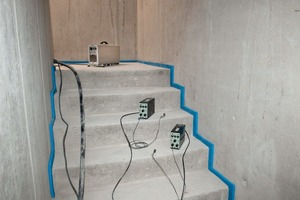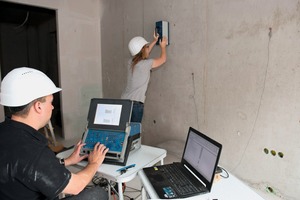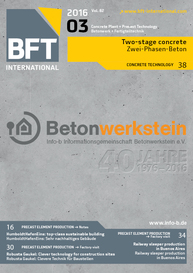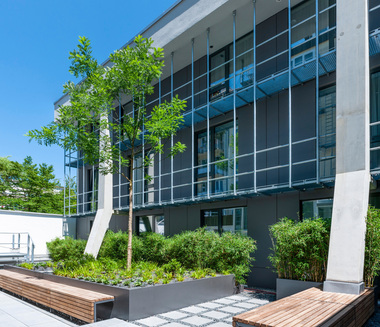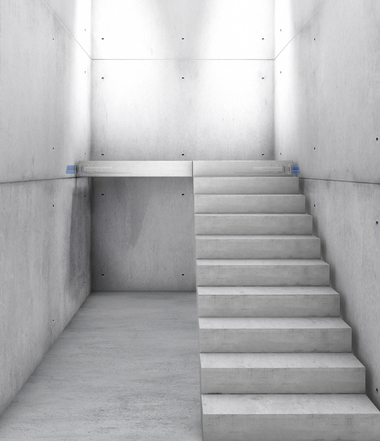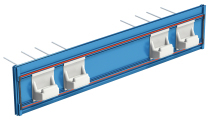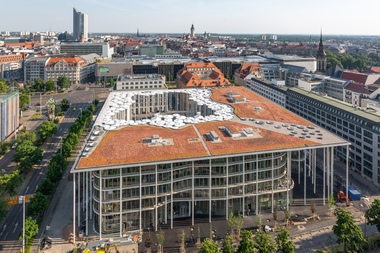Measuring results confirm effective impact sound insulation
Effective construction elements – e.g., Schöck Tronsole, of which all types are tested in accordance with DIN draft 7396 – provide reliable insulation from impact sound transmission in staircases.
Anticipated impact sound transmission from staircases to adjacent apartments can be calculated by means of a prognostic procedure. This calculation model is based on DIN EN 12354-2 and determines the standard footstep sound level expected for rooms in need of insulation in a typical multi-family building.
Validation by
measurements on site
The prognostic procedure developed jointly by the Stuttgart University of Applied Sciences and the Schalltechnisches Ent-wicklungs- und Prüfinstitut (STEP) has already been tested a number of times on buildings in various situations. One such validation took place in mid-2015 on the Wohnpark project in the southern section of the street Luisenstrasse in Karlsruhe. At the time the measurements were conducted, the multi-family residential complex consisting of a total of eight buildings was still unfinished. The investigations determined transmission of impact sound (e.g. footsteps) from the staircase to two adjoining apartments, F06 and F08, on the third floor.
This staircase consists of two precast concrete stair flights, which rest on floor-ceiling slabs and are insulated by Schöck Tronsole type F, and of an in-situ concrete landing supported by the staircase wall and by the external building wall, and which is insulated by Schöck Tronsole type Z. The desired value for impact sound insulation agreed upon between builder and planner was the enhanced sound insulation specified in DIN 4109:1989-11, supplementary sheet 2, with L’n,w ≤ 46 dB.
Calculation model confirmed by measurement results
To enable measurement of the standard impact sound level in unfinished buildings, structure-borne sound measurements were conducted on the partition wall and the flanking construction elements in the reception rooms. The standard flanking impact sound transmission level for every construction element was sufficiently exactly calculated on the basis of the velocity level measured on one construction element.
The results of the structure-borne sound measurements were positive without exception and confirmed the standard flanking impact sound transmission level as determined by the forecasting procedure. Accordingly, the stair-flight and landing measurements satisfy the requirements for sound insulation stage III in accordance with VDI 4100, as well as DEGA sound insulation Class B. The measured results are distinctly better than the requirements for enhanced sound insulation given by L’n,w ≤ 46 dB.

